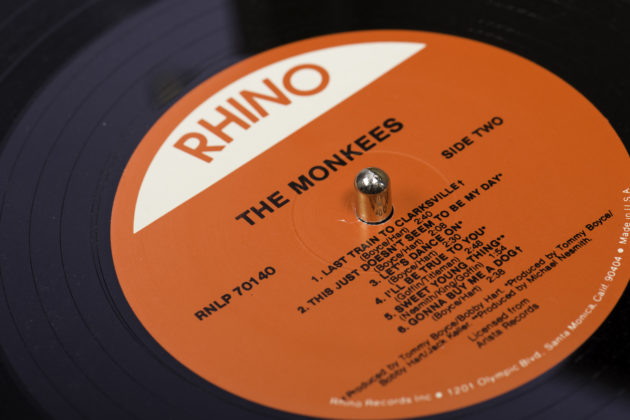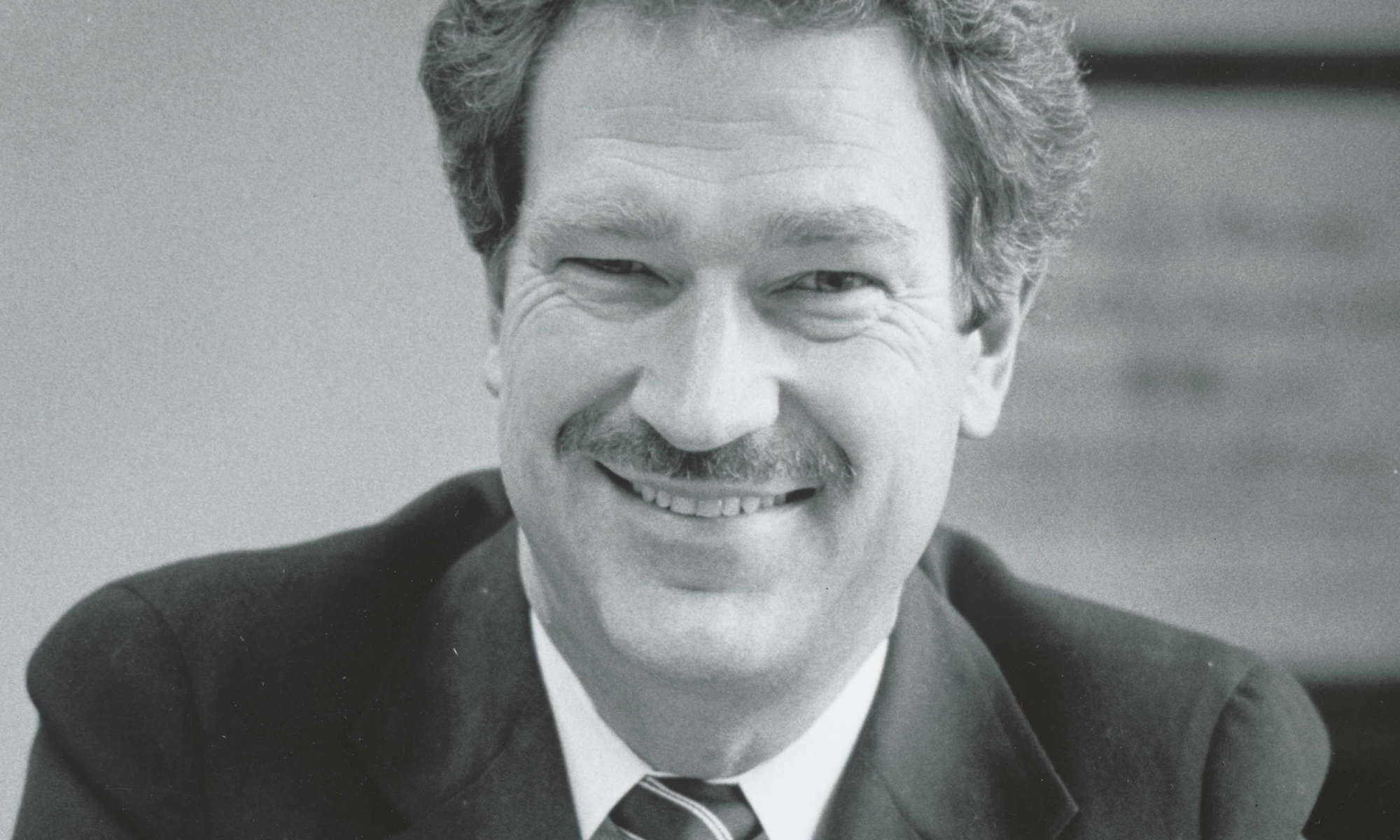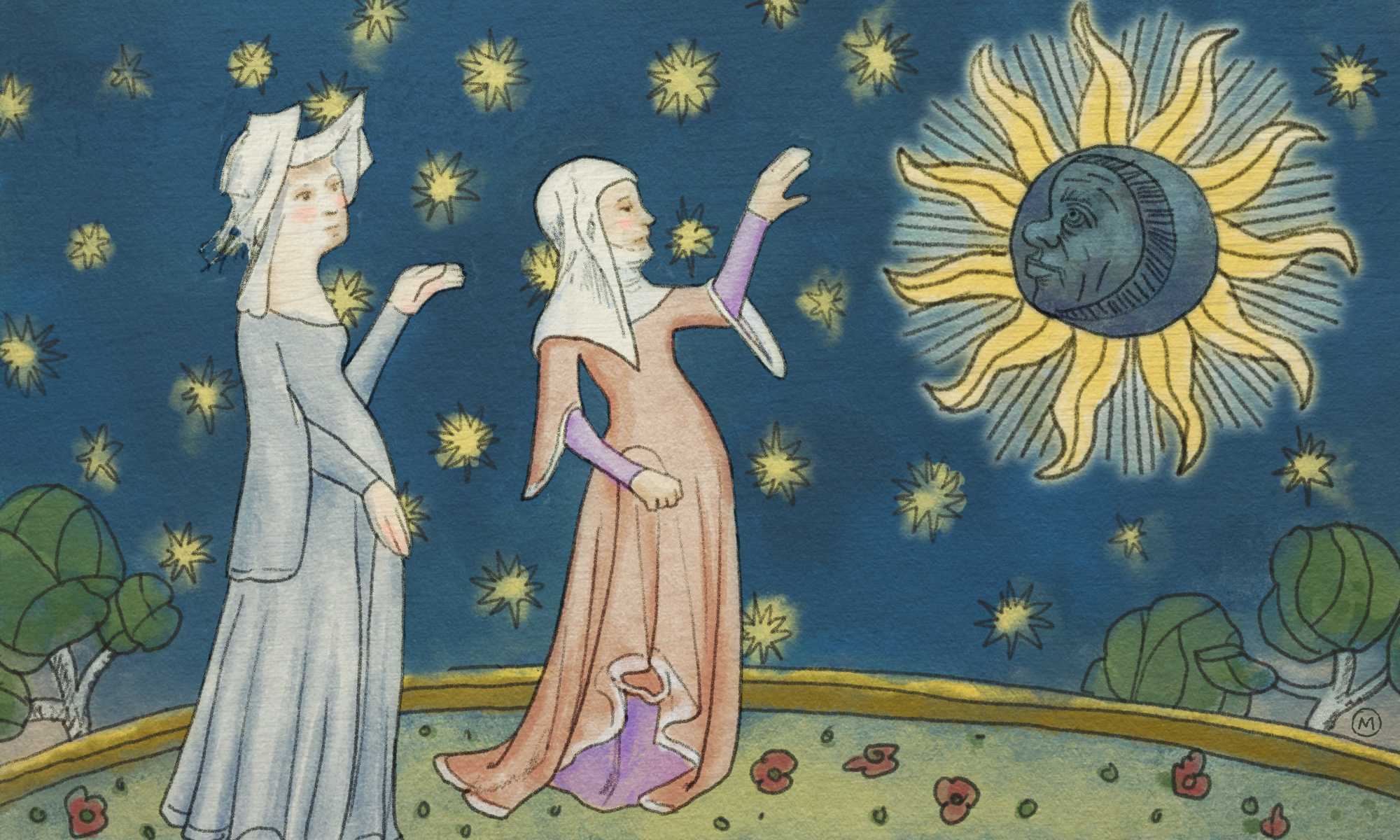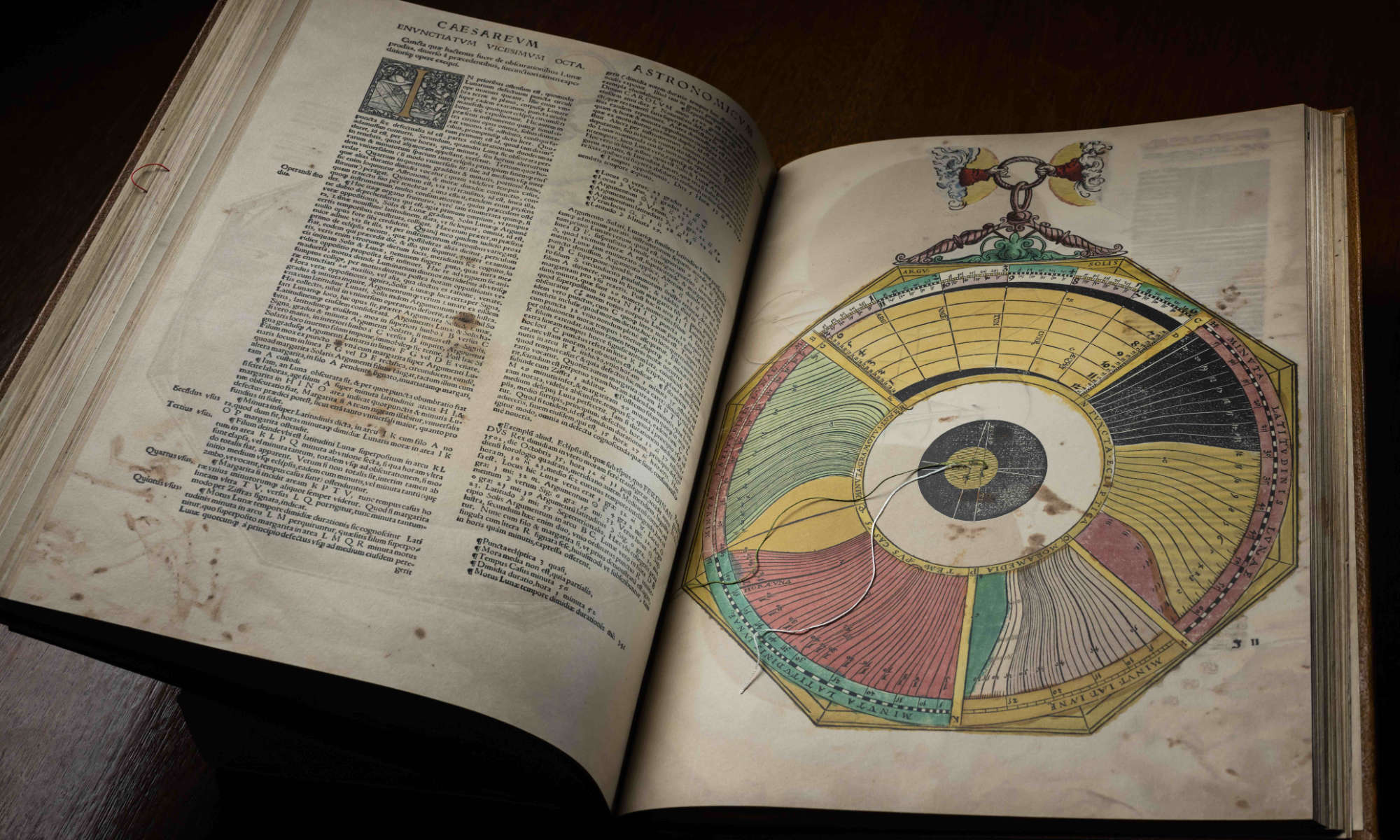When John Covach considers the Monkees’ legacy in pop music, he’s shocked by the harsh reaction of critics.
“They mostly blow them up,” says Covach, a prominent rock historian/author and the Director of the Institute for Popular Music. “The Monkees are considered an AM radio pop band, like the Captain and Tennille and the Partridge Family. But if you listen to them now, their music stands up. It actually sounds better than many groups who were considered ‘authentic’ back then.”
The Monkees’ phenomenon began 50 years ago this week with the debut of the NBC TV show The Monkees on September 12, 1966. Inspired by the madcap antics of the Beatles in the movies A Hard Day’s Night and Help!, TV producers Bert Schneider and Bob Rafelson created a show about a zany, struggling Malibu pop band.
An ad went out in trade magazines seeking “running parts for four insane boys age 17-21 who have courage to work.” More than 400 applied, including future stars Stephen Stills and Harry Nilsson. The four chosen were actors Davy Jones and Micky Dolenz, and musicians Mike Nesmith and Peter Tork.
“They didn’t pick the best guitar player or song writer,” Covach says. “They picked the best chemistry blend.”

The show was an instant hit, with plots featuring gypsies, foreign princes, and mad scientists. Each Monkee played a role: Davy was the cute one, Micky the funny one, Mike the serious one, and Peter the quiet one. Viewers loved them. The Monkees won two Emmy Awards in 1967, including Outstanding Comedy Series.
“The show was fantastic,” says Covach, coauthor of What’s That Sound: An Introduction to Rock and Its History. “The Monkees were edgy and irreverent. They had great songwriters, studio musicians who were LA’s best, and a legendary musical supervisor in Don Kirshner. The Monkees just sang on top it.”
John Lennon of the Beatles called them “the greatest comic talents since the Marx Brothers,” but the group’s catchy songs soon overshadowed their hit show. Last Train to Clarksville was released a month before the show debuted and reached No. 1 on the Billboard Top 100. The first album, The Monkees, spent 13 weeks at No. 1 until it was knocked off by … More of the Monkees. When the band reunited 20 years later, The Monkees spent another 24 weeks on the charts.
In 1967, the Monkees outsold the Beatles and the Rolling Stones combined. They remain the only band with four No. 1 albums in a 12-month period. But while teenagers loved them, the critics didn’t. They considered the quartet a manufactured group whose songs were written by hitmakers like Neil Diamond, Carole King, and Neil Sedaka. While the Beatles were dubbed the “Fab Four,” critics mockingly labeled the Monkees the “Pre-Fab (as in pre-fabricated) Four”.
Covach feels the criticism is unwarranted.
“Elvis didn’t write his songs or play an instrument, and neither did Frank Sinatra,” he says. “But for some reason, critics held this against the Monkees.”
The group eventually persuaded management to let them play their own instruments. Their third album, Headquarters, featured the Monkees at the controls. The TV band was now a real band. It was, Dolenz has said, “as if Leonard Nimoy became a Vulcan.”
The Monkees’ hit machine included “Daydream Believer”, “Pleasant Valley Sunday”, “Steppin’ Stone”, and “I’m A Believer”. By mid-1967, more people were buying their albums than watching their show, and the Monkees were tired of the weekly TV grind. After 58 episodes and two seasons, The Monkees was canceled.
“The show was a fad that targeted a teen audience still enamored with the moptop Beatles,” Covach says. “But by 1968, the moptop Beatles seemed a million years ago.”
The Monkees broke up in 1970 but have had various reunions through the decades, including one this year to celebrate their 50th anniversary. Missing is Jones, the most popular Monkee, who died in 2012.
Many have long considered the Monkees’ music a guilty pleasure. But Covach is a believer.
“Are they great artists who wrote their own music and changed the world? No,” he says. “Is there a masterpiece album like Sgt. Pepper or Good Vibrations? No. But they were a really, really good pop group. Anybody who thinks they might feel guilty listening to those Monkees hits should listen to them again. When they do, they’ll realize those records are much better than they ever remembered them being.”
10 little-known facts about the Monkees
- Mike Nesmith’s mother, Bette, was a divorced bank secretary who invented Liquid Paper in the 1950s. It originally was called “Mistake Out.”
- Legendary acid-rock guitarist Jimi Hendrix opened for the Monkees for seven shows during their 1967 tour. He quit in disgust when fans chanted “We Want Davy” (for Monkee Davy Jones) during his performance.
- The Monkees’ TV pilot in 1966 was the lowest-tested in NBC history. Producers reissued it to include screen tests of the charming four stars and audiences loved it.
- The song “I’m A Believer” had an advance order of more than 1 million copies. It went gold before fans had heard a note.
- Nesmith wrote “A Different Drum” in 1967, but producers wouldn’t let the Monkees record it. He gave it to a young singer named Linda Ronstadt, and it became her first hit.
- The Monkees were paid $450 each per episode during the first season and $750 each during the second season.
- David Bowie’s real name is David Robert Jones, but he changed it in 1966 to avoid confusion with Davy Jones.
- The Monkees have broken up four times: 1971, 1989, 1997, and 2002. They’re on tour, but Nesmith has stated this is his last Monkees stint.
- Fans voted “Daydream Believer” the Monkees’ greatest song in a Rolling Stone survey. The song has been covered by the Four Tops, U2, and Susan Boyle of Britain’s Got Talent fame.
- According to Rolling Stone magazine, the three remaining Monkees were never in the studio at the same time while recording their latest LP, Good Times.




